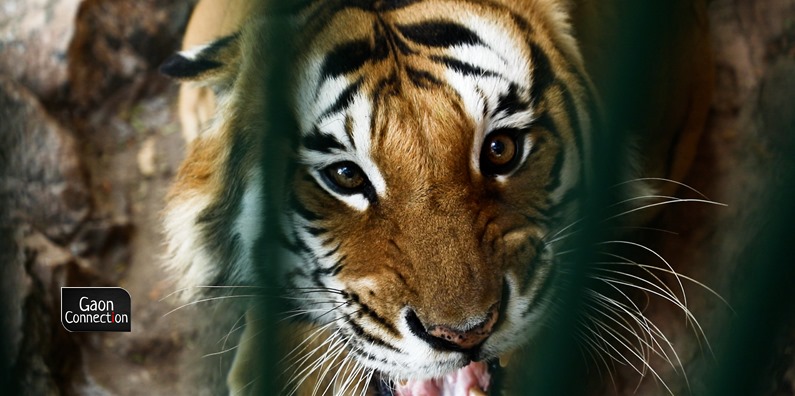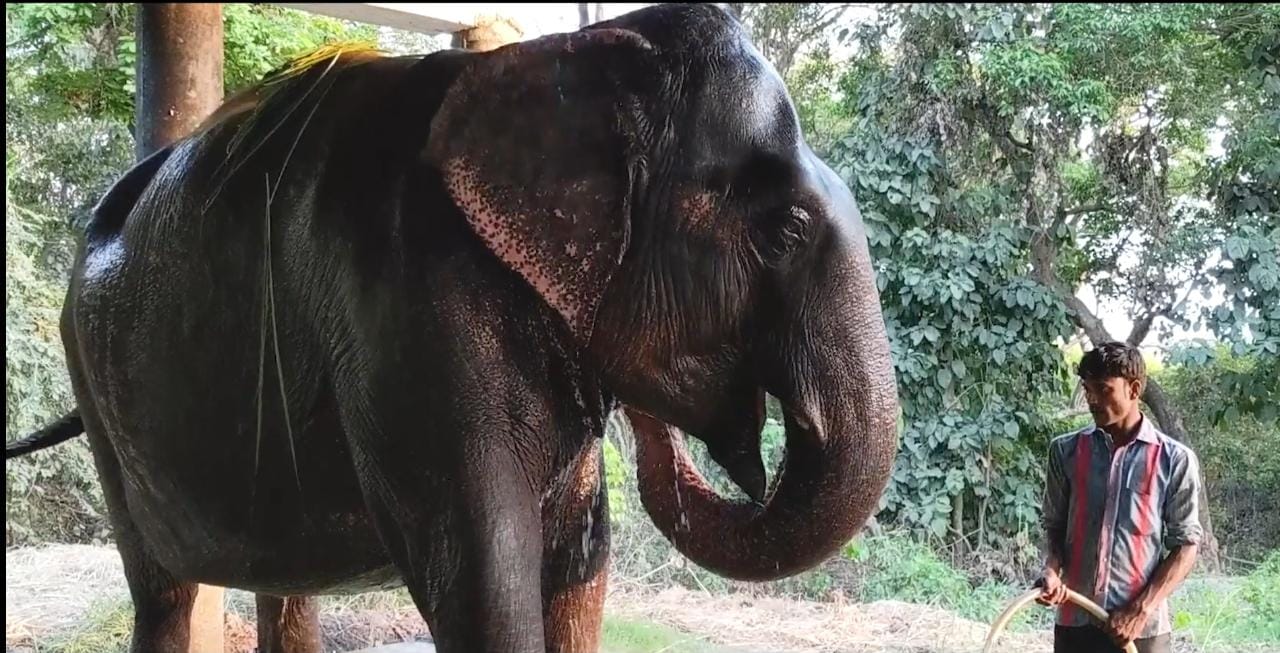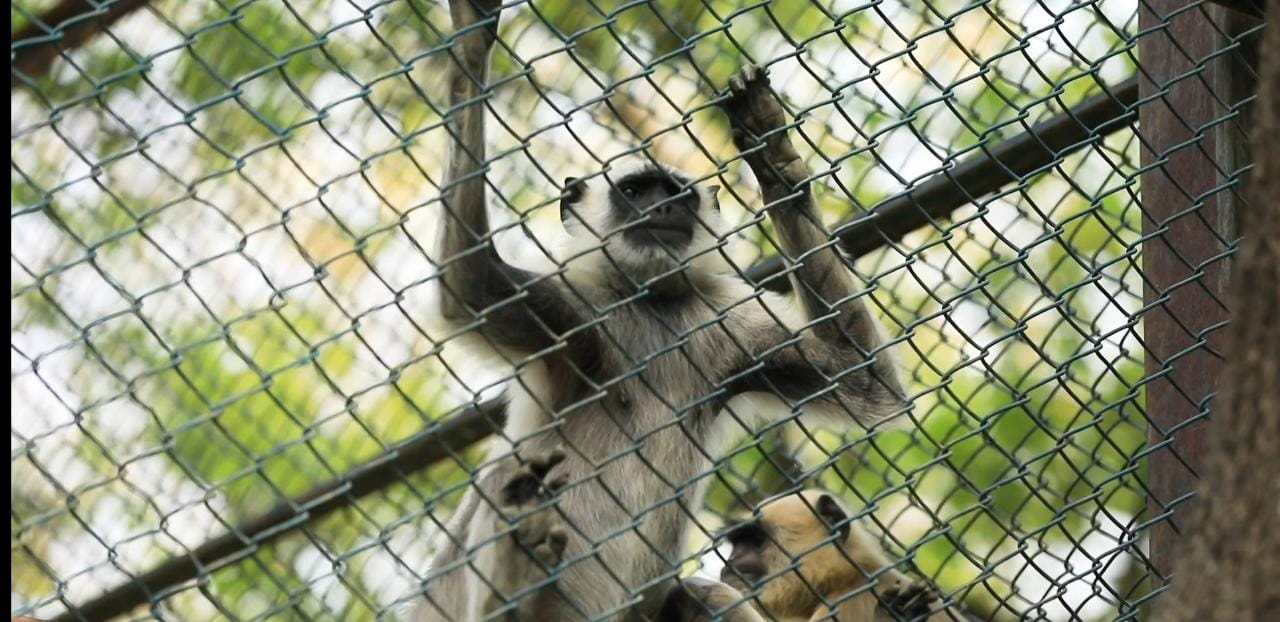When rescued animals bond in a zoological garden
Watched Sherni? Now, read about how rescued elephants, tigers and other animals live out their lives in zoological gardens.


The Lucknow zoo is home to many stories of bonding among rescued animals. All photos: Gaon Connection
At a time when everyone is speaking of forest officers and tigers and the jungle, thanks to the Vidya Balan-starrer Sherni, it helps to listen to people who look after rescued animals and rehabilitate them.
The Nawab Wajid Ali Shah Zoological Garden, spread over 29 hectares in the heart of Lucknow, the capital of Uttar Pradesh, is home to many stories of bonding among rescued animals.
And, narrating those stories is Ashok Kashyap, veterinary doctor at the garden. Watch the episode featuring him in the Foresters Channel of The Slow App, the brainchild of writer-lyricist-storyteller Neelesh Misra.

Also Read: Sulochana and Ayyub: The lovely bond between a jumbo and her mahout
“We are not imprisoning animals here. Rather, we bring animals that are injured or categorised as dangerous to humans and give them a safe haven,” says Kashyap.
Among Kashyap’s responsibilities are monitoring animal behaviour, treating them, protecting them from diseases and ensuring their conservation. The doctors also focus on their diet and enclosures and living space.

Also Read: A girl terrified of lizards now protects the jungle
“When an animal is brought here after rescue, we keep it in isolation. It is already very excited and we don’t interact much with it. We give it time to settle down before beginning treatment.”
A jumbo friendship
In 2000, Champakali, a pregnant elephant, was brought to the garden from Dudhwa National Park. Around the same time, another elephant had been brought in from somewhere in Rajasthan. The two struck a chord and spent all their time together.
Also Read: Arni, who sniffs out smuggled tusks and the hide of big cats

“They would eat together, walk together… suddenly Champakali collapsed. Her baby had died. Her friend was inconsolable. We gave medicines to trigger hunger, but he did not eat for 13 or 14 days and died too,” says Kashyap, his voice heavy with emotion.
When a little leopard was brought in after rescue, care was taken to protect it 24×7, feeding it milk every two-three hours, and maintaining optimum temperature, before it was sent to live in an enclosure near other leopards. “The idea is that the animals should feel free.”
Also Read: Vatsala, Panna Tiger Reserve’s senior- most citizen is more than a 100 years old
The most heartwarming story is reserved for the last few minutes of the six-minute short film.

“I once went to give medicine to a pair of monkeys. The female took her medicine and went to a corner. The male took the medicine and suddenly pulled me. I lost my balance and fell. She came bounding, scolded the male with exaggerated gestures and looked at me with great sympathy. She knew I was taken by surprise. She understood,” says Kashyap.
Cinematography and production of the short film is by Abhishek Verma, Yash Sachdev and Mohammad Salman, editing is by Ram Sagar and graphics by Kartikeya Upadhyay.

